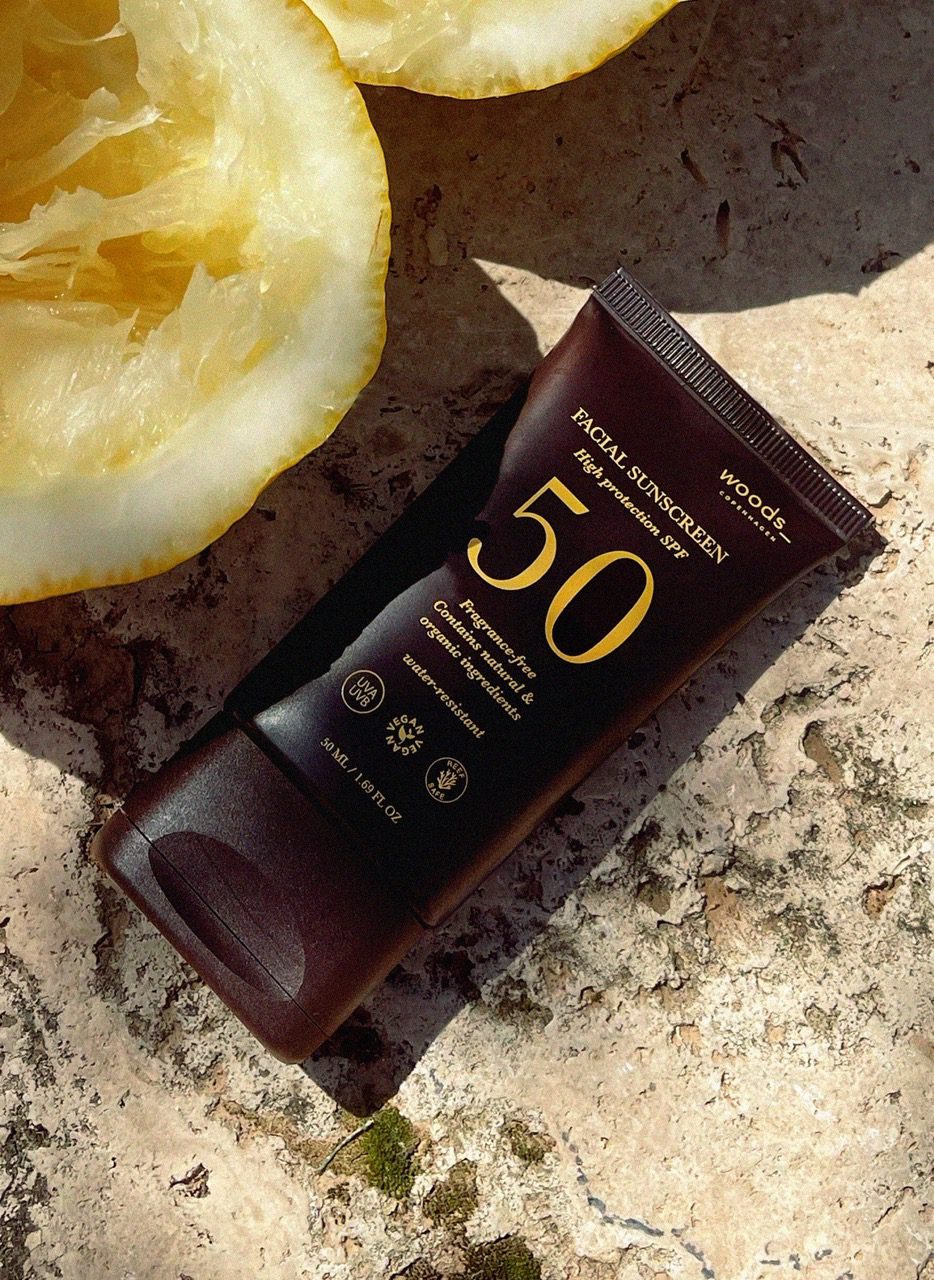
SPF Dos & Don’ts: How to Protect Your Skin

As the temperatures rise and the sun’s rays become stronger, protecting your skin from potential damage is more crucial than ever. Sunscreen is your best defense against harmful ultraviolet (UV) radiation, which can lead to sunburn, premature aging, and even skin cancer. The first step to doing so rightfully: Knowing the dos and don’ts of sunscreen application. In this article, we’re expanding your knowledge on the value of SPF to keep your skin nourished, healthy, and protected through every season.
Do’s: Master the Essentials
Choose Broad-Spectrum Sunscreen
Broad-spectrum sunscreen protects against both UVA and UVB rays. UVA rays penetrate deep into the skin and can cause skin cells to age prematurely, while UVB rays are responsible for damage on the top layers of the skin. Using broad-spectrum sunscreen is essential to ensure you’re protected from both types of UV radiation.
Use SPF 30 or Higher
Select a sunscreen with a Sun Protection Factor (SPF) of 30 or higher. SPF measures how well a sunscreen protects against UVB rays. While higher SPFs may offer slightly more protection, no sunscreen can block 100% of UV radiation. This is why you should also protect yourself with sun hats, sunglasses, and of course, shade.
Apply Generously and Often
Apply sunscreen generously and be sure to reapply every two hours, or more frequently if swimming or sweating – yes, even if the sunscreen is labeled as water-resistant. This ensures you maintain optimal protection throughout the day.
Check Expiration Dates
Sunscreen does expire, so it’s important to check the expiration date before using it. Expired sunscreen may not provide adequate protection against UV radiation. If there’s no expiration date listed, consider replacing the sunscreen after a year.
Be Extra Cautious Near Water, Snow, and Sand
Water, snow, and sand can reflect and intensify the sun’s rays, increasing the risk of sunburn. Apply sunscreen more frequently when near these reflective surfaces, and wear protective clothing to minimize exposure.
Don’ts: Avoid These Common Mistakes
Rely Solely on High SPF
While SPF is important, it’s not the only factor to consider when choosing sunscreen. Higher SPF values may offer slightly more protection but can also give a false sense of security, leading to inadequate application and increased sun exposure. Make sure to apply often and generously – no matter the SPF.
Apply Too Late
Sunscreen needs time to absorb into the skin and provide effective protection. Therefore, remember to apply sunscreen at least 15 minutes before sun exposure to ensure the formula is perfectly prepared to offer you optimal protection.
Neglect Sensitive Areas
Don’t forget to protect often overlooked areas like the ears, lips, scalp, and tops of feet – these are prone to sunburn but are sometimes neglected when applying sunscreen.
Skip Sunscreen on Cloudy Days
UV rays can penetrate clouds, meaning you can still get sunburned on grey days. Therefore, even when the sky is overcast, it’s essential to apply sunscreen to protect your skin from UV radiation – it’s never wasted.
“Forget” Sunscreen on Short Trips
Whether you’re running errands or spending a short amount of time outdoors, don’t skip the sunscreen. UV radiation can cause skin damage in as little as a few minutes of exposure, so it’s crucial to protect your skin – even for brief periods outdoors.
Conclusion: Embrace Sun-Safe Habits
Sunscreen is a vital tool for protecting your skin from the harmful effects of UV radiation. By following our dos and don’ts, you can ensure you’re using sunscreen effectively and reducing your risk of sunburn, premature aging, and skin cancer. Remember to choose a broad-spectrum sunscreen with SPF 30 or higher, apply it generously and often, and complement its use with protective clothing and seeking shade whenever possible. By incorporating these sun-safe habits into your routine, you can enjoy the outdoors while keeping your skin healthy and protected – that’s a win-win, if you ask us!







